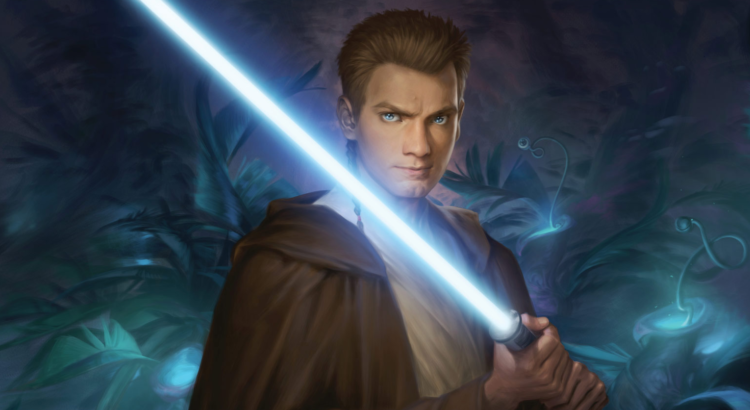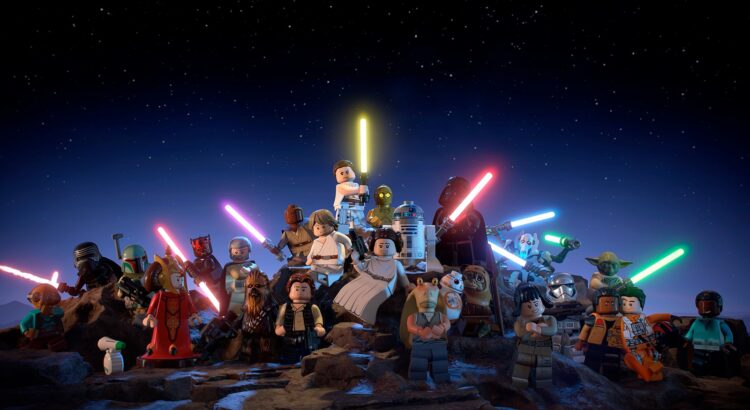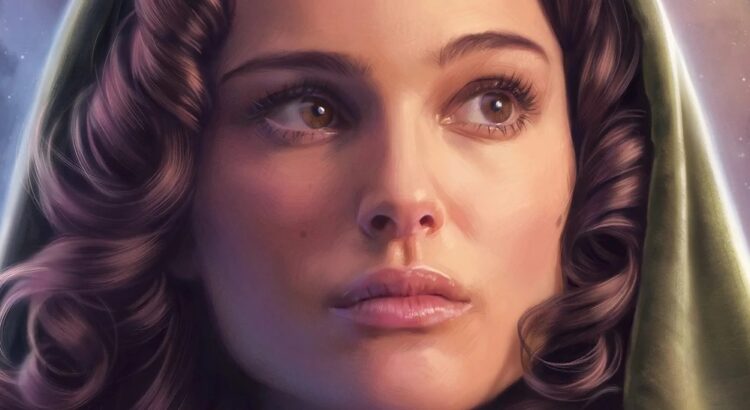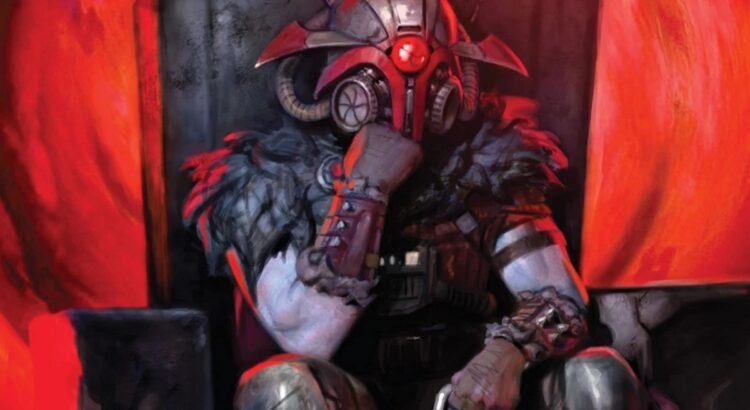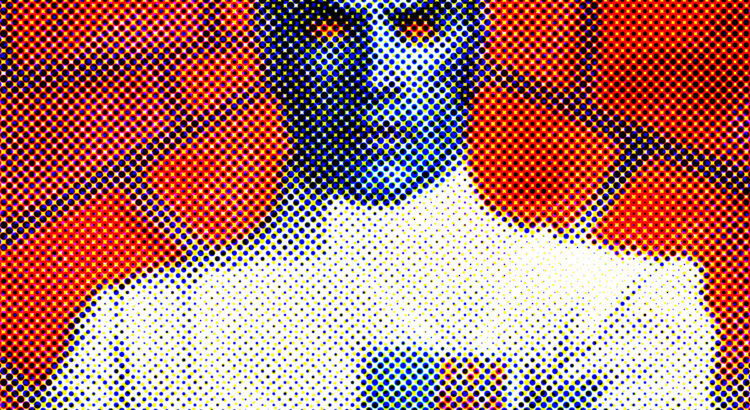This involves a close read of a passage of Padawan, but it does not contain plot-related spoilers.
I am the type of person that Padawan by Kiersten White was written for. I am very much the fan being served by the various elements therein. Obi-Wan Kenobi is my favorite Jedi. My favorite minor character gets a handsome cameo. And, most importantly for this article, it intersects with my youthful introduction into Star Wars novels: Jude Watson’s Jedi Apprentice.
Published in the Legends continuity between 1999 and 2002, this mass market pulp fiction series about Obi-Wan’s Padawan years has left a mark on many a fan. Fandom celebrated when Apprentice characters like Siri and Bant were later integrated into the new canon. Siri in particular was an interesting choice to include in Padawan, as Jude Watson later wrote her and Obi-Wan into a romantic relationship.
Padawan, however, tackles that Legends relationship a little differently, and it was this that ultimately dominated my thoughts after setting the book down. For everything I loved about the entire novel, I kept returning here, to a single passage. Because I could hardly believe what I was being given.
Padawan gave textual support for a queer Obi-Wan Kenobi.
I have hardly been shy about asexuality and aromanticism in this column before, and Obi-Wan Kenobi himself has come up in said discussion:
“There’s also Obi-Wan, who feels a-spec (on the aromantic or asexual spectrums) to me, especially in the context of Satine Kryze. Their dynamic challenges the idea that romance and sex are innately good and should override every other motive in a person’s life. Obi-Wan and Satine decline to pursue a relationship in order to uphold their oaths to others, and neither is painted as cold or unloving in doing so.”
For everthing I took from Obi-Wan and Satine’s arc as an aromantic man, I expected it to remain wholly within the realm of headcanon.
And yet, here Padawan is.
Read More